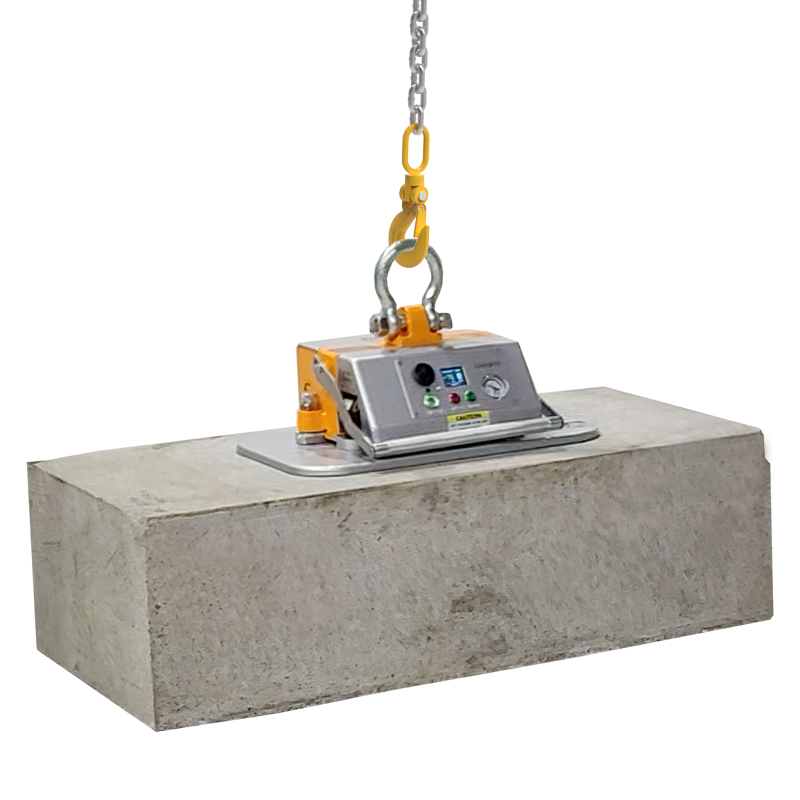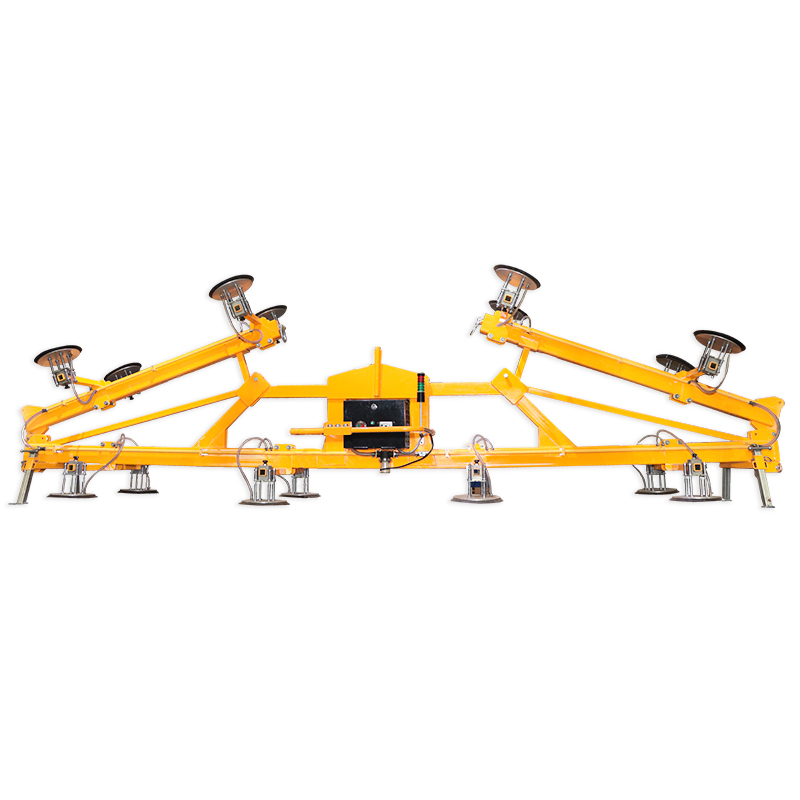In any industrial or construction environment, the use of material handling equipment is essential for moving, storing, and positioning heavy or delicate materials. Among these tools, vacuum lifters have become indispensable for lifting slabs, panels, and non-porous materials efficiently and without damage. But despite their technological advantages, one critical factor often determines the success or failure of their use: qualified operators.
So, who is qualified to operate a material handling equipment vacuum lifter safely and efficiently? This article explores the skills, training, and responsibilities required for vacuum lifter operators, backed by industry experience and expert recommendations in alignment with E-E-A-T (Experience, Expertise, Authoritativeness, Trustworthiness) standards.

👉 What Is Material Handling?
👉 What Does Material Handling Mean?
Table of Contents
ToggleWhat Is a Vacuum Lifter in Material Handling?
A vacuum lifter is a motorized material handling device that uses suction to securely grip and lift flat, smooth, and non-porous materials. It is often integrated with jib cranes, hoists, or forklifts to move heavy or fragile materials in factories, warehouses, or job sites.
👉 Vacuum Lifters
👉 What Is a Material Handling Equipment Vacuum Lifter?
These devices are commonly used in:
- Glass manufacturing
- Stone fabrication
- Sheet metal processing
- Construction and architectural installations
E-E-A-T Perspective: Why Operator Qualifications Matter
✅ Experience
Operators with experience in material handling are more likely to understand the nuances of lifting, load positioning, and safety checks, leading to fewer errors.
✅ Expertise
Vacuum lifter operators must be trained in both mechanical operation and safety procedures. This includes understanding load weights, surface compatibility, suction strength, and proper release methods.
✅ Authoritativeness
Many companies require certified operators for insurance, safety compliance, and operational efficiency. Certification proves the operator is trained to handle both equipment and unexpected risks.
✅ Trustworthiness
Properly trained operators ensure the safety of both the equipment and the materials being moved, building confidence among supervisors, clients, and project stakeholders.
Who Is Qualified to Operate a Vacuum Lifter?
The following individuals are considered qualified:
1. Trained Equipment Operators
Professionals who have completed hands-on training specific to vacuum lifters. This training includes:
- Equipment components and controls
- Suction pad inspection and maintenance
- Load assessment and handling techniques
- Emergency procedures
2. Certified Material Handling Technicians
Operators with general material handling certifications and documented safety instruction. Their broader understanding of lifting equipment for construction allows them to integrate vacuum lifters with other systems like jib cranes or gantries.
3. Forklift or Hoist Operators (Cross-Trained)
Since vacuum lifters are often mounted on forklifts for construction or hoists, cross-training these operators ensures seamless, safe material movement.
👉 What Are Types of Material Handling Equipment Hoists?
What Makes an Operator “Efficient”?
Efficiency in vacuum lifter operation means more than simply lifting a load. It involves:
- Speed without compromising safety
- Accurate placement of loads (especially in CNC operations)
- Proper use of material storage solutions
- Maintaining uptime by inspecting and maintaining equipment
Efficient operators also understand how vacuum lifters integrate into broader construction site logistics and help reduce labor cost in construction.
👉 Why Is Material Handling Equipment Vacuum Lifter Considered More Efficient Than Manual Lifter?
Essential Qualifications Checklist
| Qualification | Requirement |
|---|---|
| Basic mechanical aptitude | Required |
| Formal training on vacuum lifters | Strongly recommended |
| Knowledge of load capacities and safety limits | Essential |
| Experience with overhead lifting equipment | Preferred |
| Certification (OSHA, site-specific, or manufacturer) | Often mandatory |
Training Topics for Vacuum Lifter Operators
To be certified or recognized as a qualified vacuum lifter operator, one should undergo instruction in:
- Load evaluation and risk assessment
- Vacuum pad positioning and sealing
- Vacuum loss and emergency response
- Maintenance checklists and error diagnosis
- Environmental considerations (dust, heat, surface texture)
👉 Which of the Following Is a Motorized Material Handling Device?
Integrating Vacuum Lifters into the Workflow
Qualified operators work more effectively when vacuum lifters are integrated into:
- Conveyors in construction
- Storage rack systems
- Assembly lines and CNC stations
- Aardwolf Slab Lifters for lifting irregular or textured surfaces
Proper integration helps increase construction productivity and minimize material waste.
👉 When Should Invest in a Material Handling Equipment Vacuum Lifter?
How to Maintain Operator Trust and Accountability
- Document all training and refreshers
- Conduct periodic safety audits
- Encourage reporting of near-misses or system issues
- Reward compliance with safety practices
- Keep up-to-date with changes in manufacturer guidelines
Common Mistakes by Unqualified Operators
- Using pads on dusty or oily surfaces without cleaning
- Overloading beyond rated capacity
- Not verifying full suction before lifting
- Failing to check for leaks or cracks in vacuum seals
- Improper release of the material mid-lift
These mistakes increase risk, lower productivity, and can lead to equipment damage or injury.
Conclusion: Operator Qualification Is a Critical Success Factor
So, who is qualified to operate a material handling equipment vacuum lifter safely and efficiently?
Only trained, knowledgeable professionals who understand the equipment, its risks, and its role in industrial operations.
Investing in the right operator is just as important as investing in the right equipment. When both align, your business benefits through:
- 📈 Faster handling times
- 💰 Reduced labor costs
- 🛡️ Improved job site safety
- ♻️ Lower material loss
Explore More on Advanced Lifting Solutions
👉 Learn more:
What Is Material Handling Equipment
Which of the Following Is Manual Material Handling?
















Please log in to leave a comment.